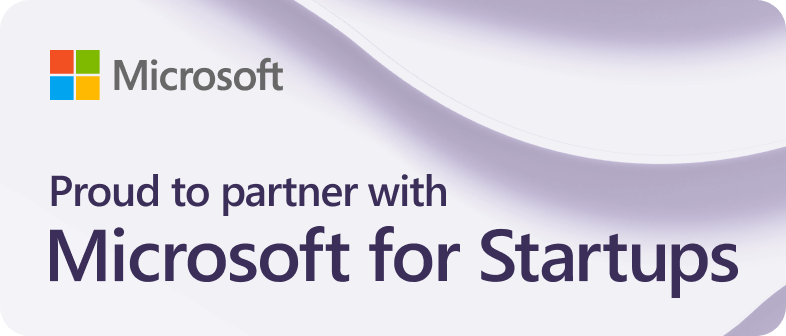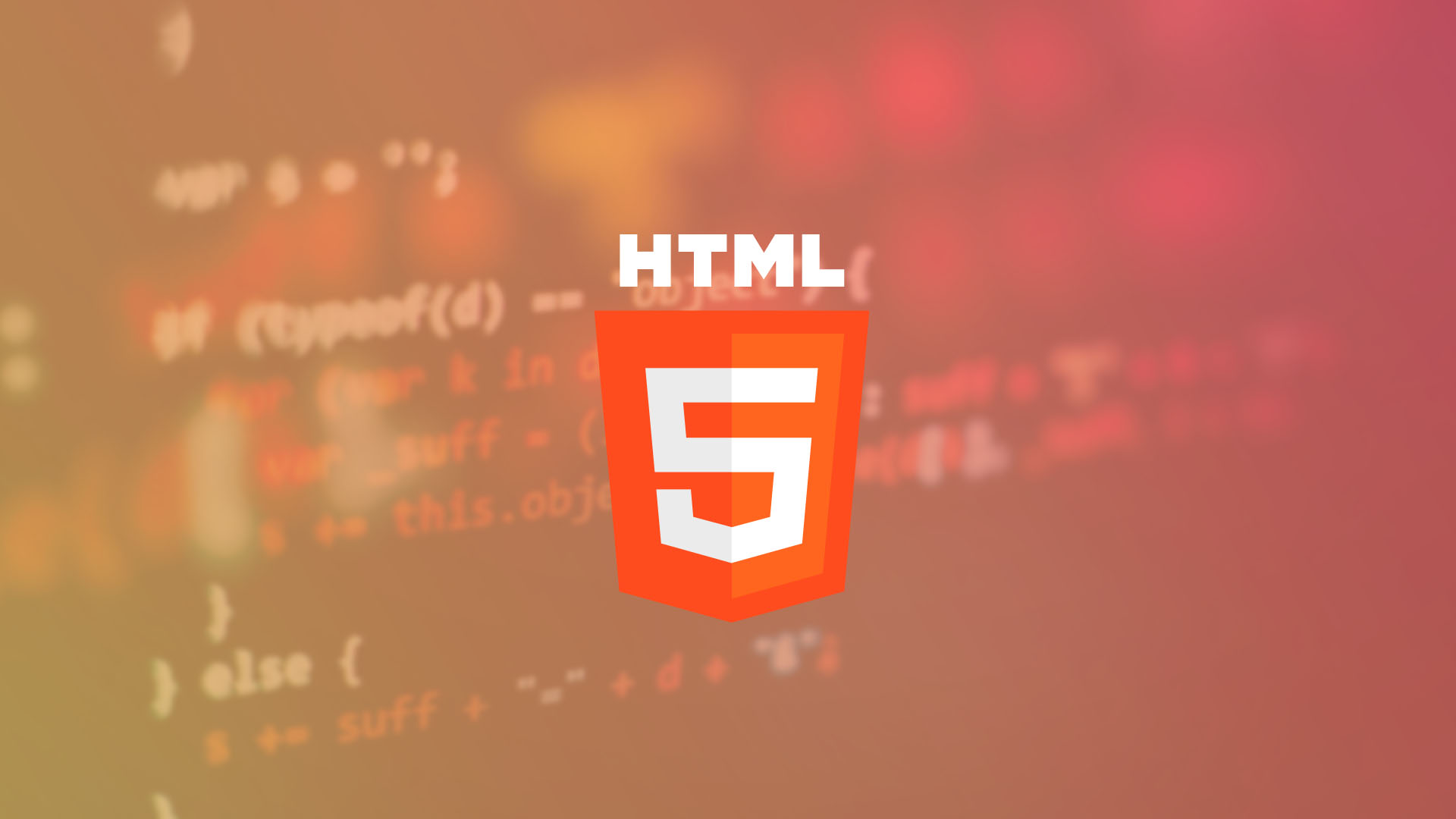
Women in Programming: Celebrating Achievements and Inspiring the Future
(5 minutes of reading) Today, March 8, we celebrate International Women's Day, an occasion to recognize the achievements of women in all fields, this is no different in programming. As the technology industry continues to evolve, it is essential to highlight the significant contributions made by women who have challenged stereotypes and driven innovation in the world of programming. In a field historically dominated by men, women have made significant contributions that have shaped the digital world as we know it today. Throughout the history of computing, many women have played essential roles, even when their presence was often underestimated or forgotten. Women like Ada Lovelace, often considered the world's first programmer, who worked with Charles Babbage in the 19th century, laid the foundation for modern programming. Another inspiring figure is Grace Hopper, a pioneer of computer programming and responsible for creating the COBOL programming language. His revolutionary work in developing compilers and programming languages has left a legacy in the industry. Today, we see women leaders who continue to shape the technology landscape. One of these women is Doina Precup, an artificial intelligence researcher and one of the brilliant minds behind OpenAI. As Head of Research and Head of Artificial Intelligence at OpenAI, Precup is leading innovative efforts in the field of artificial intelligence, contributing to significant advances in machine learning and robotics. Still at OpenAI, we cannot fail to mention the inspiring Mira Murati, another outstanding leader, known for her commitment to diversity and inclusion, in addition to her significant technical contributions in the field of AI. It plays a crucial role in developing strategies to promote an inclusive workplace and has a strong influence on technological innovation within the company and the AI community. Furthermore, we cannot ignore the influence of women like Radia Perlman, known as "the mother of the Internet", whose work on routing algorithms and network protocols was instrumental in the development of the Internet's infrastructure. Another notable example is Reshma Saujani, founder and CEO of the NGO Girls Who Code . Saujani is an activist who has dedicated her career to promoting gender equality in technology. Through Girls Who Code, she works to close the gender gap in programming by providing educational programs and mentoring opportunities for young women interested in computing. Her inspiring work is empowering a new generation of women to excel in the technology industry. These women not only defied barriers and stereotypes, but also left an indelible impact on the history of programming and technology. Her achievements should serve as an inspiration to future generations of women in programming, encouraging them to pursue their dreams and aspirations, regardless of the obstacles they may face. This International Women’s Day let's celebrate not just individual achievements, but also collective progress towards a more inclusive and diverse technology industry. It's time to recognize and value the contributions of women in programming and ensure that all voices are heard and represented in our field. Together, we can create a more equitable and brighter future for everyone in the technology industry.
Share this article on your social networks:
Rate this article:
Other articles you might be interested in reading
- All (185)
- Career (38)
- Competitions (6)
- Design (7)
- Development (112)
- Diversity and Inclusion (3)
- Events (3)
- History (15)
- Industries (6)
- Innovation (38)
- Leadership (8)
- Projects (23)
- Well being (18)

Cloud Computing and Digital Transformation and Social Impact
(5 minutes of reading)
In recent years, we have witnessed a quiet revolution that is fundamentally reshaping the way we live and work. At the center of this transformation is cloud computing, a technological innovation that transcends physical limits and opens up new horizons of possibilities. This text will talk about this subject that is transforming the IT area. Come read!...
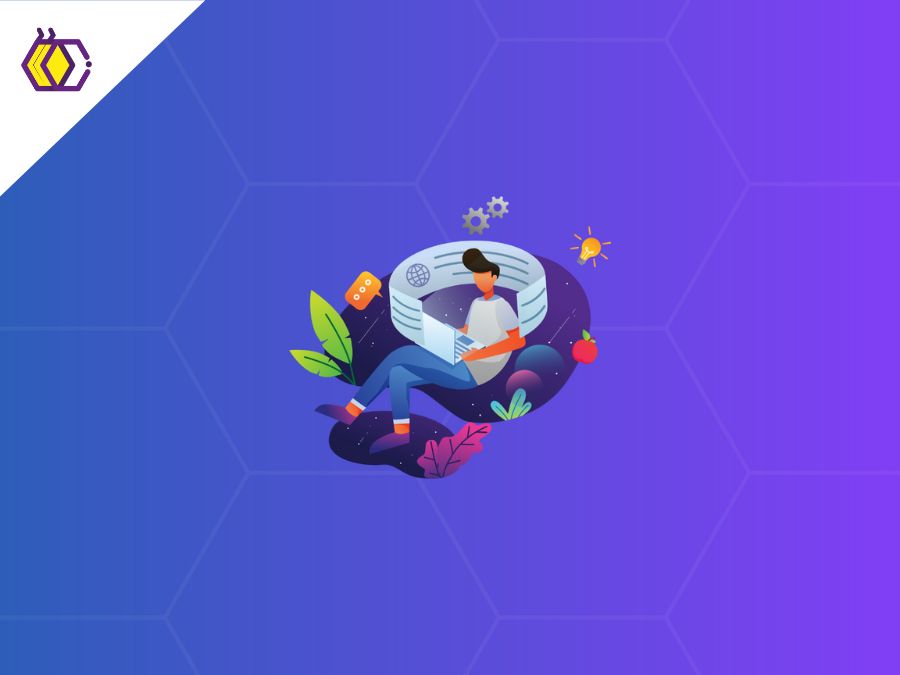
Tech in Education
(9 minutes of reading)
In the contemporary educational landscape, technology plays an increasingly crucial role, revolutionizing not only the way students learn, but also how educators teach. As we adapt to a digitally connected world, new trends are emerging that promise to further transform the way education is designed and delivered. Come read this text to learn about the latest trends in educational technology and explore their impact on student development and the evolution of teaching. Come with us!...
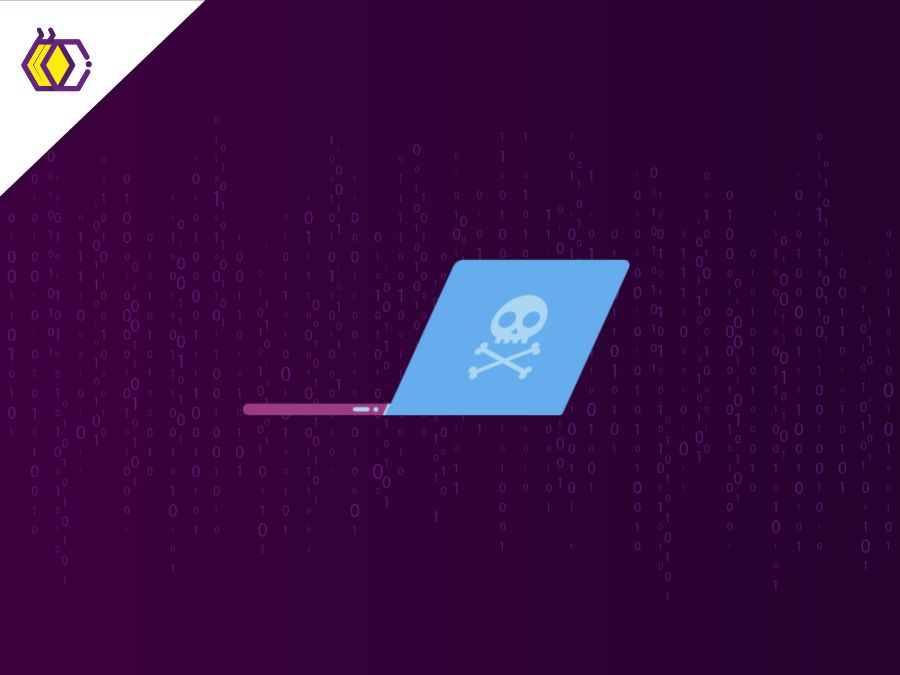
Ethical Software Development
(5 minutes of reading)
Developing software is a complex activity that goes far beyond simple coding. It involves a meticulous process of planning, design, implementation, testing and maintenance to create reliable, efficient, and secure systems. However, in addition to seeking functionality and performance, developers must also carefully consider the ethical aspects of the software they are creating. In this text we will talk about ethics and responsibility when developing software. Come read!...

Balance Between Professional and Personal Growth
(6 minutes of reading)
In a world driven by the constant search for professional success, we often find ourselves immersed in our careers, forgetting the fundamental balance between professional and personal growth. As we dedicate hours to coding, solving problems, and advancing our technical skills, it's essential to remember that our journey as human beings go beyond the lines of code. Come read our text and see super cool tips on how to achieve this balance!...

How to Highlight Programming Competition Awards on your CV
(6 minutes of reading)
In a field as dynamic as software development, it is crucial to stand out from the crowd. An exceptional way to do this is through recognition and awards won in competitive programming competitions. In addition to demonstrating your superior technical skills, these awards attest to your ability to solve complex problems, collaborate as a team, and deliver exceptional results under pressure. Today we will talk about the curriculum and competitions, are you interested? Come with us!...
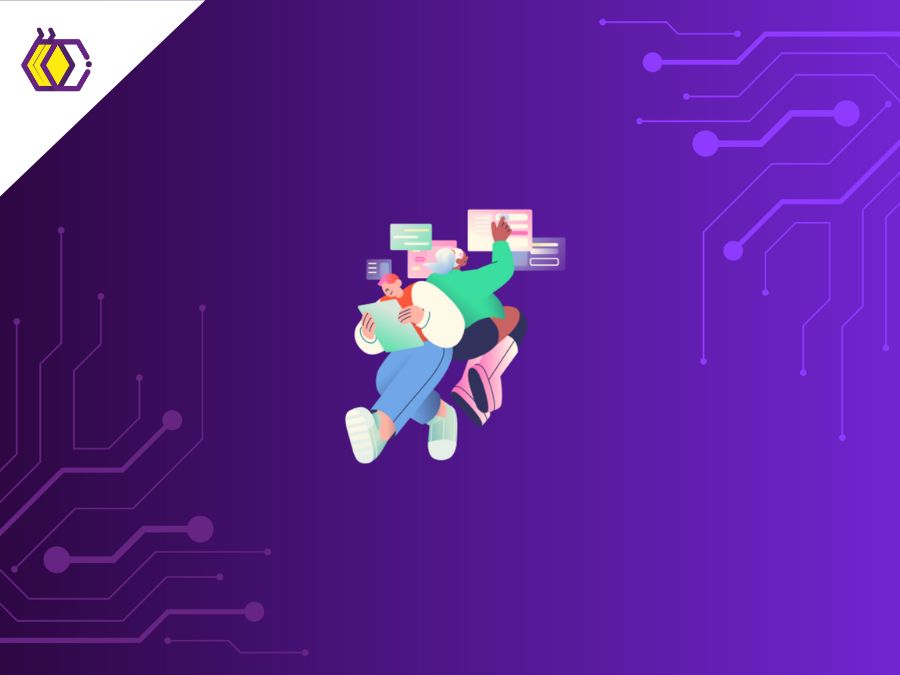
Open Source and Collaboration
(5 minutes of reading)
If you're ready to start exploring the world of open source, be aware that you will encounter many learning opportunities and challenges. Collaboration is at the heart of this environment, driving innovation and influencing the direction of technology. Come read our text to find out more about this subject!...


 Innovation
Innovation 
